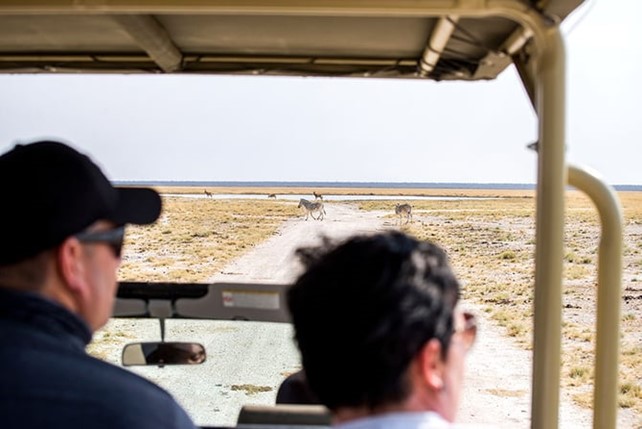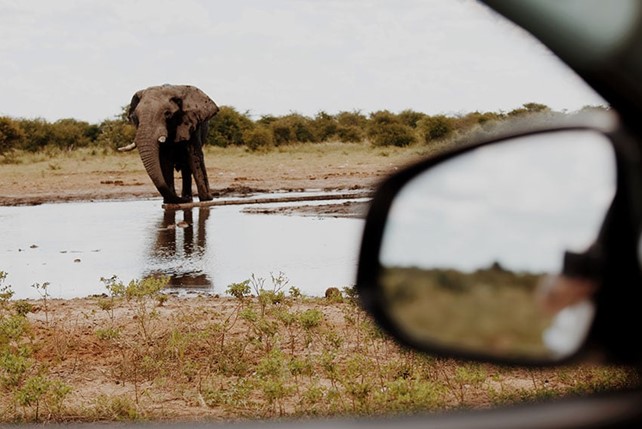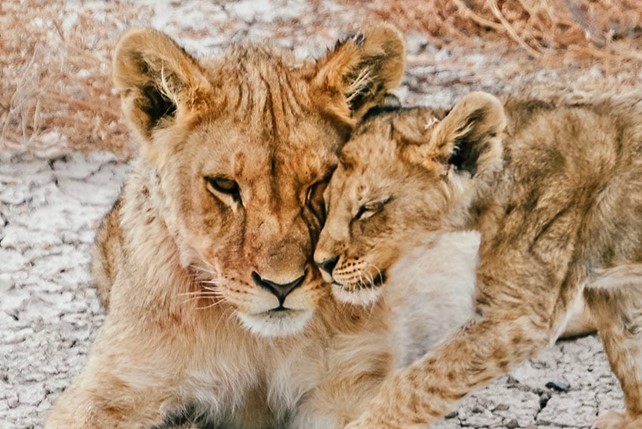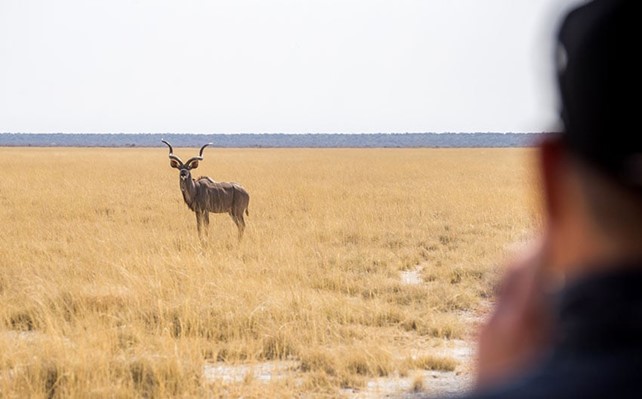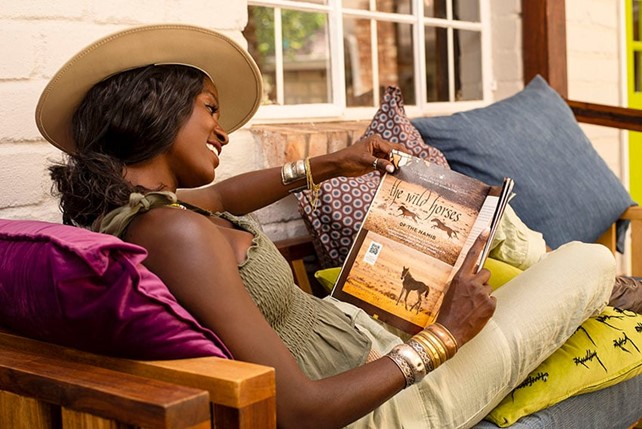Planning a trip to Namibia is full of excitement. With its gorgeous vistas, abundant wildlife, and welcoming people, Namibia offers a lot to look forward to. But for those who are traveling to the country for the first time, there can also be a lot of questions around how to prepare for your trip.
When it comes to packing your luggage, there are plenty of posts across the Internet that give great advice about clothing and toiletries, so for the most part I won’t rehash that information. But there are a handful of prep tips that go beyond personal packing items that I did not find in my pre-trip research that I wish I had known before I got on the flight to Windhoek. (Some of the specific links might be most relevant to Americans, but the general ideas will hopefully be useful to everyone.)


